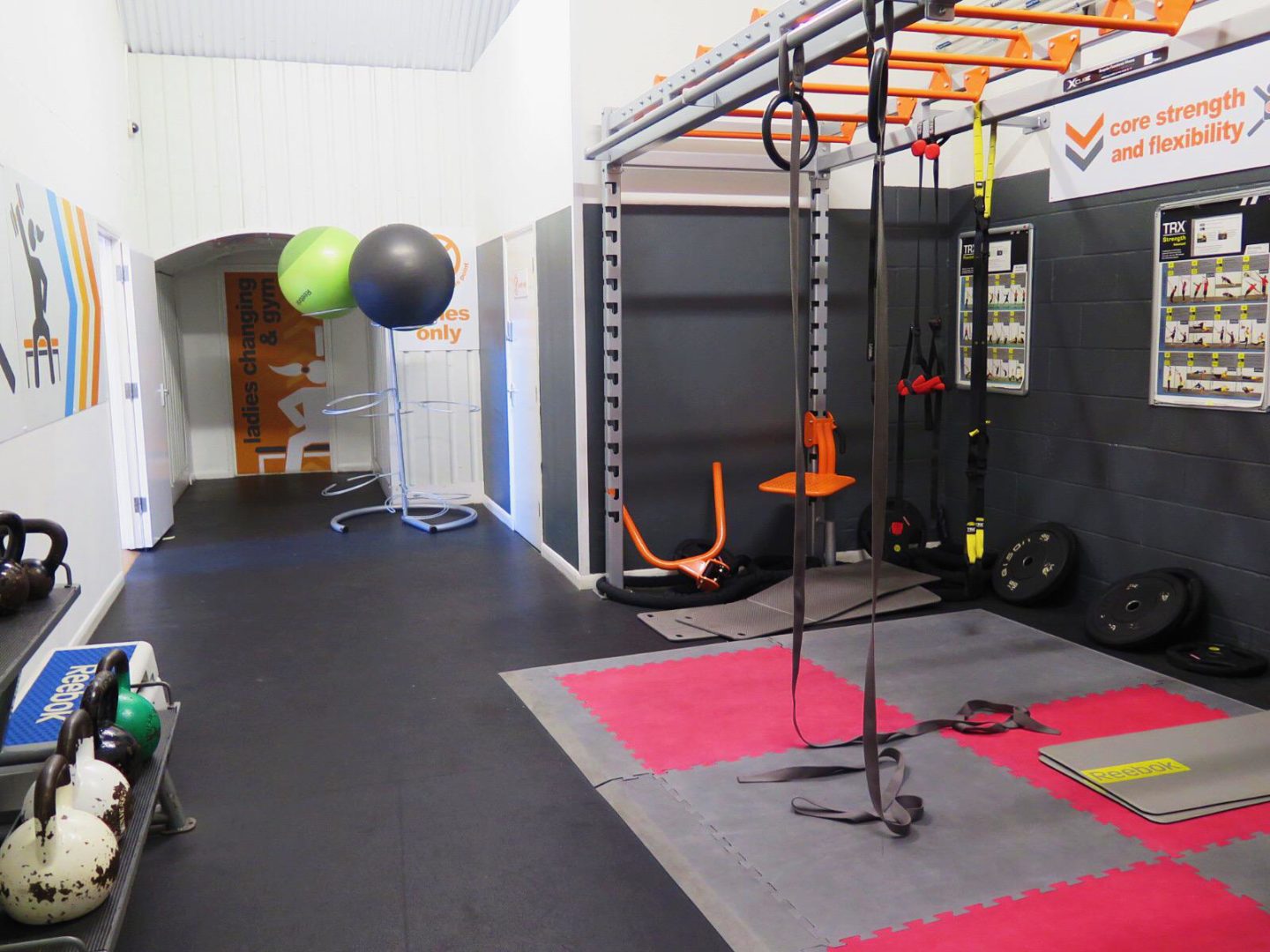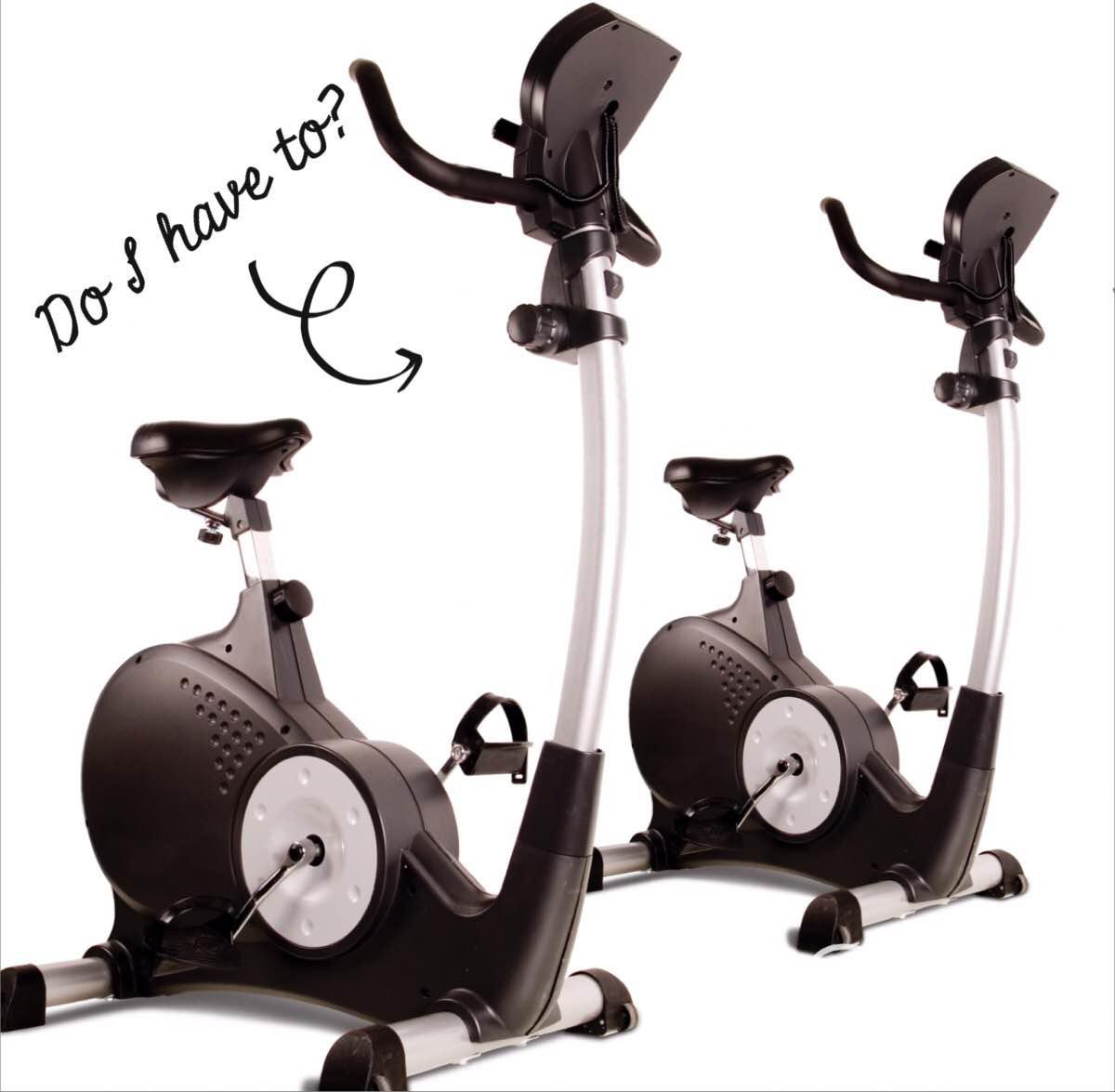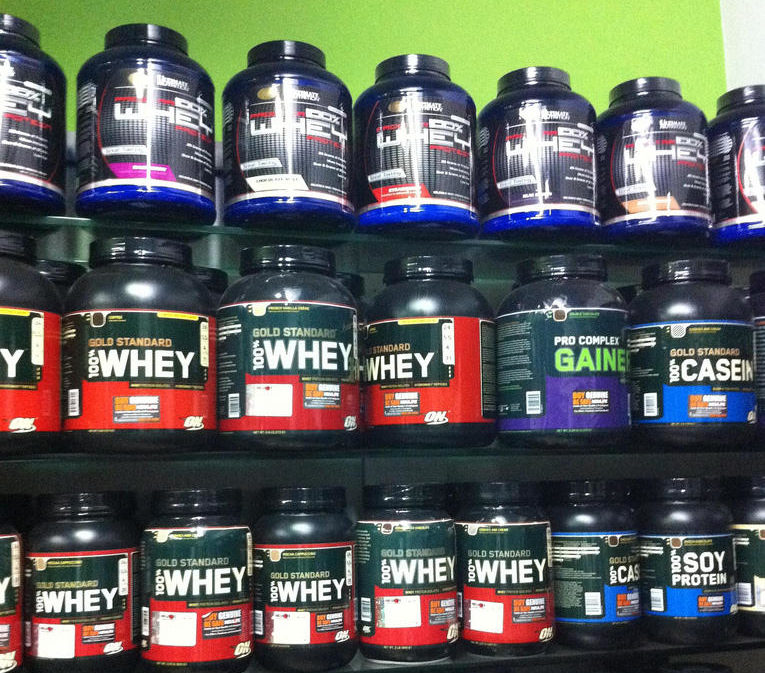
Earlier this month, it was reported that Local Government Associations under the NHS are calling for GPs to prescribe “green space” for patients who could benefit from exercising outdoors. A recent study by researchers at the University of Exeter found that, especially when it comes to encouraging lower social-economic groups to engage in physical activity, outdoor exercise provides us Brits with £2.2 bn worth of health benefits every year. According to NHS Choices, those who exercise ‘regularly’ are 35 per-cent less likely to develop coronary heart disease; 50 per-cent less likely to suffer from type 2 diabetes and have 30 per-cent lower risk of becoming depressed – the list goes on…
But we’ve heard this all before, right? Time and time again we’re berated with images of toned torsos and that girl you went to school with “going hard” at the gym (dressed in skin-tight lycra, obvs). Even the day’s news acts as a constant reminder of the evil perils of a life without exercise – DO MORE, they tell us over and over again. So, if you’re anything like me, you drag yourself to the gym at least three times a week, opt for walking rather than taking the tube and spend a considerable amount of hours moaning that a) you’re not doing enough exercise and b) you’re always exhausted. How much exercise SHOULD we really be doing in order to live a healthy, active life and reap the health benefits of ‘moving the body’? According to a new study by McMaster University in Ontario, Canada, hour-long runs aren’t necessarily the answer. Studies with a group of ‘out-of-shape’ men revealed that just one minute of intensive exercise has the same physiological effects of 45-minute mid-level sweating.
According to the authors: “Three minutes of intense intermittent exercise, within a total time commitment of 30 minutes per week, is as effective as 150 minutes per week of moderate-intensity continuous training.” Granted this study only included results based on 25 men, but nevertheless, it provides pretty substantial support for the benefits of short bursts of exercise. As always, NOT PLANT BASED sought the advice of seasoned fitness professionals (neither of whom have a fitspo Instagram account to plug) to answer the ultimate question: Just how much exercise is enough?
“40 minutes each day – that can be a brisk walk,” says clinical dietitian and nutritional consultant to the Scottish Women rugby team, Susan Hunter (below). Although she is quick to add that the proposed guidelines – also suggested by the government and NHS England – may vary depending on the individual.

“Everyone is fixated on numbers – the 30 day squat challenge is an example. That’s not promoting a healthy relationship with exercise. Sometimes, for whatever reason, you can’t exercise. It’s about what is right for you and what you want to achieve.”
“It can be a brisk walk”
This information is a welcome sigh of relief for me and my anxious brain. Even prior to my illness, I’d always equated an office job to the ‘unacceptable’ sedentary lifestyle – the feared fate of 90 per-cent of our chip-loving, X-Factor viewing nation. I became convinced that I’d need to get to the gym at least three times a week just to counter-act the hours I spend sitting on my arse, at a desk, eating Colin The Caterpillar cake.
“If you manage to make the gym three times per week, that’s realistic,” Susan tells me, however she points out that the amount of exercise, and the type of exercise you do, very much depends on your “personal goals”. Personal goals are a complicated construct within the realm of fitness. With such emphasis on ‘burning off’ calories, it’s tough not to associate exercise with weight loss. For Susan Hunter, it’s so much more than that.
“Exercise has so many positives. Neurally, it promotes positive mental health and there’s also a great social aspect. It shouldn’t just be about losing weight. Maintaining bone health is important, especially for women who struggle to do so anyway.”

Dr Stephen Mears, a sports scientist from Loughborough University, is well versed in the world of performance exercise – we’re talking like, Olympic sh*t. But despite all the online fitness fanatics posting their “gains” every five seconds, a top level of performance exercise is actually pretty rare. “There’s a lot more work going into using exercise for health rather than performance,” says Dr Mears, “very few people get to that level of performance relationship exercise.” What about us mere muscleless mortals, what type of exercise should we be doing?
“It’s getting exercise into your routine and some is better than none. We base a lot of our information on work by the American college of Sports Medicine. They recommend, for moderate exercise, sticking to about 150 minutes per week.” Moderate exercise is defined as anything that rises your heart-rate and can be anything from a brisk walk to a leisurely bike ride.” The recommended number of hours is reduced to 90 minutes per week if you’re partial to a bout of “vigorous” exercise.
“Vigorous, ” the Dr explains, “is anything that raises your heart rate by around 80 or 90 per-cent – that could be interval training or a spin class, perhaps.” Most important, however, is to consider what you WANT to do. If you like running and fancy your chances in a marathon, Dr Mears recommends downloading the much hailed NHS app, “Couch to 5K” and heading out on 2-3 runs per week. And yes, that IS enough. What strikes me when hounding both Dr Mears and Susan Hunter about recommended exercise for my fitness phobic, lanky, little body, is their shared focus on one “essential” aspect for my sport of choice. Simply, to make sure I enjoy it.

“Do something fun”, Dr Mears tells me, “it doesn’t necessarily have to be a run, as long as it raises the heart rate, it’s all good. A girl here at the university has just taken up trampolining – and she loves it!” So that Saturday afternoon Zumba class is actually worth going to – providing you enjoy it, that is. Hunter recommends outdoor exercise where possible. “With indoor exercise, ‘joe public’ is perhaps a little more at risk of developing a Vitamin D deficiency”, something which most of us indoorsy Brits are prone to. As with Dr Mears’ advice, Susan isn’t prescriptive about the type of exercise we should choose, rather, a mixture of everything is preferable. “Running, a bit of weights, even an exercise class – anything that involves you moving your body”.
What about a morning power walk to the tube station when I’m running 20 minutes late for work? Still counts, apparently. Dr Mears assures me that, indeed, walking counts as ‘moderate exercise’ and any time spent doing so contributes towards your recommended 150 minutes per week. “People don’t consider their everyday activity as exercise,” says Susan.
All that moderate exercise builds up an appetite (well, for me anyway), so what do the experts recommend that we fuel our body with pre and post gym session? Pints of protein shakes and green smoothies, right? It may come as a surprise that the substance used to refuel some of the fittest, female athletes in the country is a food that one ‘wellness’ blogger once described as “sandpaper for the gut”. Yes my friends, I’m talking about carbs.

“The night before a game, the team have plenty of carbs,” Susan tells me of the diet she prescribes for the women of the Scottish rugby team. “The carbs will be low in fibre, so perhaps mashed potato with no skins. “There’s bread and porridge for breakfast and then about three hours before the game, the girls make their own sandwiches.” Not as complicated (or expensive) as you may have thought – essentially, the more exercise you engage in, the more carbohydrates you need to refuel – it really is as simple as that.
As for protein shakes, both Susan and Dr Mears agree that “they have their place”, mostly when, for whatever reason you’re unable to source protein at lunch or dinner time. However, a food source is always preferable to one of those gross, vanilla milkshake knock-offs. “You should be having a good source of protein with every meal and more carbohydrates if you’re exercising more,” Dr Mears says. I’m not convinced by the term “good source” – what does that mean exactly?
“Just one chicken breast will do”
“It means about 20-25g of protein with every meal,” the doctor instructs, “that’s about one chicken breast”. You hear that Instagram abs freaks with your three steak lunch on ‘legs day’? ONE CHICKEN BREAST WILL DO. According to Susan Hunter, a significant amount of unnecessary protein is unlikely to be processed by the body and any key amino acids in that fifth chicken breast will most likely be urinated out. If you don’t have an unlimited supply of cooked poultry, there’s another ingredient which experts hail as useful for post-training regeneration of cells. And you don’t have pay £5 at the trendy Vegan supermarket to nab it.
“I give the girls milk after training,” Susan says, “it is great for helping to generate muscle”. That’s cow’s milk, by the way. “Milk alternatives,” she adds, “are a great alternative for people with intolerances but it’s really a bit of a gimmick, it’s faddy.” The dietetic expert is particularly concerned for her fellow females, who, by dodging milk, may be putting their bone health at risk. As women are already vulnerable to calcium deficiencies due to a significant loss when breast feeding and then again post-menopause, it’s essential that us girls get our daily RDA of the stuff. “For bone health,” Susan notes, “calcium is really, really important. You can take calcium supplements, but the best sources are milk, eggs, cheese and yoghurt.”

Supplements are another minefield – calcium, iron, Vitamin D are often doctor recommend, but what about the supplementary energy gels, drinks and boost powders plastered over billboards on just about every train platform?
“Most of them are essentially just sugar,” Dr Mears says. “Energy gels are good in certain circumstances, if you’re in the middle of a marathon or triathlon, for instance. Jelly Babies are a good option too, one of the lecturers here recently did a triathlon and fuelled himself with Percy Pigs.” If that’s a triathlon requirement, sign me up immediately!
My discussions with both professionals have done wonders for banishing my sport-related guilt. The little kid inside me who had a permanently ‘sprained ankle’ for every P.E lessons at school is chuffed that she doesn’t have to run a marathon every year in order to be healthy. Exercise doesn’t have to be goal orientated, performance based or even remotely intensive – in fact, the healthiest form of exercise is a hell of a lot simpler than your average Hot Yogalates class, with the only two rules being the following: 1.) enjoy it and 2.) make it tailored to suit YOU. Pretty simple, huh? And you didn’t even need to pay a personal trainer for the pleasure.
Whilst we’re on the subject, careful of some so-called ‘personal trainers’. All I’ll say is this: After a six-week exercise course, I would be qualified as a ‘personal trainer’. And I couldn’t even tell you where my quads are…




This is great. I stress that the hula hoop fitness class that I love wasn’t intense enough to be worthwhile… I read this and I realise that’s ridiculous.
Author
Really glad that it helped you. Exactly – it doesn’t matter at all, as long as it raises your heart rate a little. Even brisk walking counts! <3
Very Informative Post. Got a clear understanding. Thanks